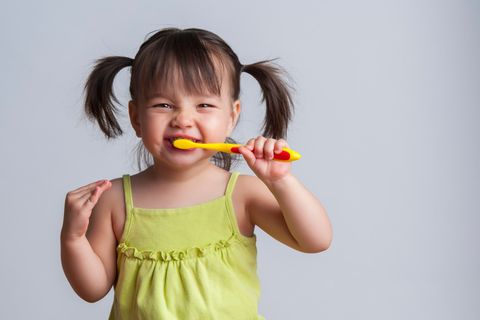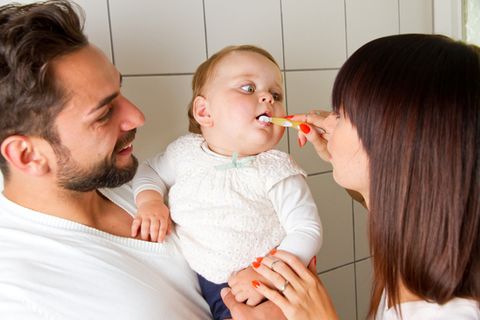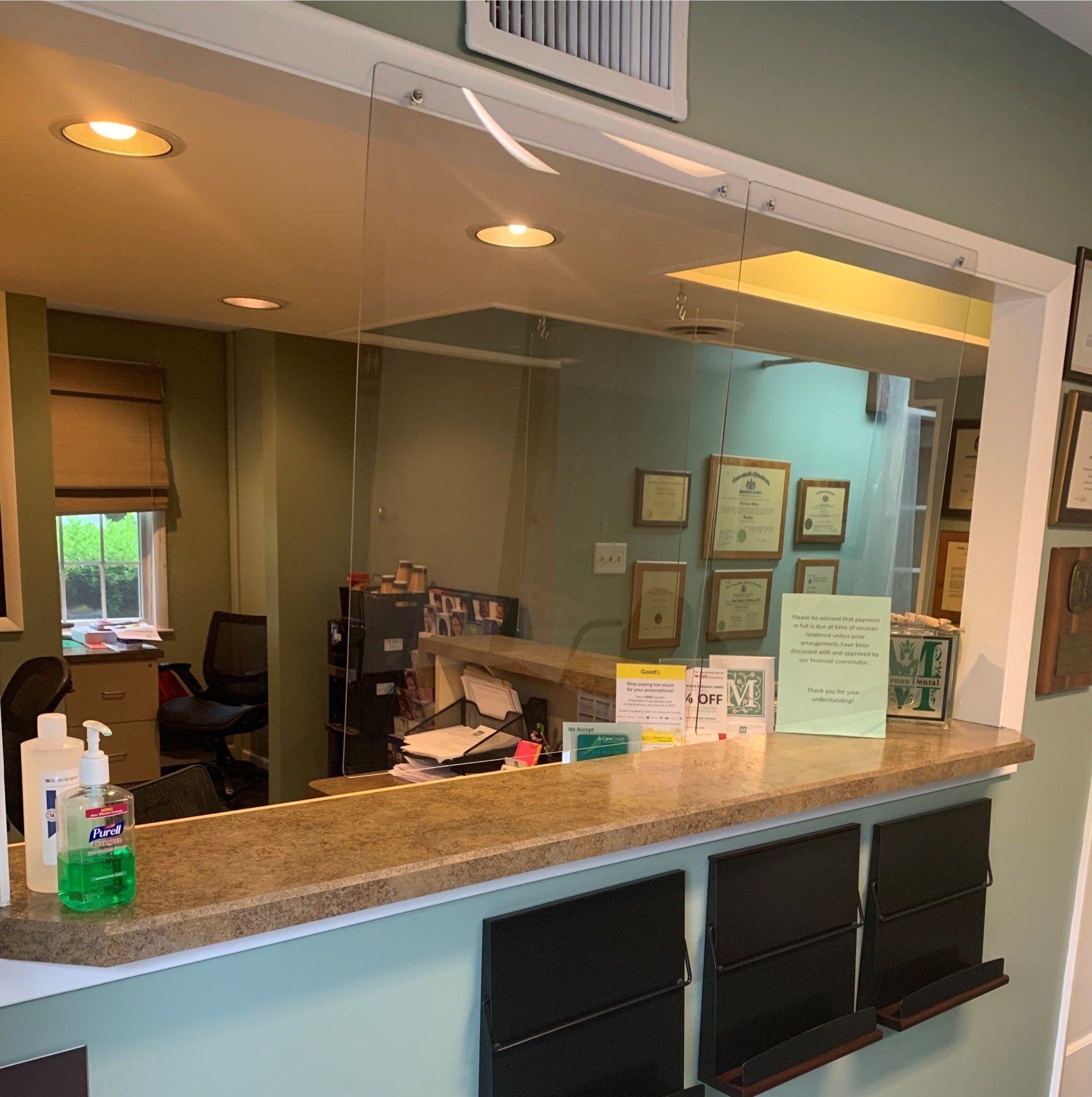Prevention Tips for Children
Brushing
Cleaning your baby’s mouth before teeth erupt
It is important to start cleaning a childʼs mouth before they even have any teeth. This is essential for two reasons. It develops a habit of keeping the mouth clean. Provides a clean and healthy environment for the primary teeth to erupt. The idea is to wipe all the gums. Firstly, with the baby in a comfortable lying position, make sure you can see clearly into the babies mouth. With a clean damp washcloth over your finger, wipe the babies gums. You can also buy special infant toothbrushes that fit right over your finger. Do not use toothpaste as the baby may swallow it. Once the teeth have grown through the gums you can clean the teeth with a child size, soft bristled toothbrush and a pea size amount of toothpaste. It is important to teach the child to spit out the paste when finished. It is recommended to avoid toothpastes containing fluoride on children under the age of two.
Fluoride
Fluoride is a mineral found in food and most drinking water systems. Fluoride is important to our oral health because it makes our teeth more resistant to decay. If your drinking water does not have acceptable levels of fluoride there are supplements that your dentist could recommend. A fluoride toothpaste sometimes is not enough. Too much fluoride can also pose a problem. Dental fluorosis, a condition that can affect the look of the tooth is the result when too high an amount of fluoride is ingested in early childhood.
Toothaches
Young children often experience a toothache. This could be a result of erupting teeth. You can help to relieve a childʼs toothache by rinsing the mouth with a solution of warm water and table salt. If there is no relief using this solution you can also give acetaminophen.
If the Acetaminophen does not alleviate the pain, there could be a more serious condition and you should contact the dentist immediately.
Injuries
Most children who have a trauma to their mouth, jaws and teeth are due to accidental play, whether it is playing or sport or by putting foreign objects in their mouth. In order to prevent injury to the jaw, teeth, lips and gums it is strongly recommended that during playtime children are adequately supervised and that children wear mouth guards while participating in sports. Mouth Guards are small and fit securely around the childʼs teeth and prevent injury to the whole mouth. Childrenʼs mouth guards are small and when first inserted into the mouth they mold to the childʼs teeth. In the case of a tooth that is avulsed (knocked out), hold the tooth by the crown and try to re-implant it into the mouth. Never touch the tooth by the root. Then bite on a clean cloth or gauze to hold the tooth in place and go directly to your dental office. If the tooth cannot be put back into the socket, submerge the tooth in saline, cold milk or the victims own saliva and go to the dental office. This is an emergency visit and you should not have to wait long to be seen. The longer you wait, the less likely it is that the tooth can be re-implanted into the socket. When there is an injury in your mouth make sure you rinse your mouth to remove any blood or particles. In order to control the swelling, place a cold cloth or cold compress on the cheek near the injury site. If the tooth is fractured, do a warm water rinse and apply a cold pack or compress. The cold pack along with Ibuprofen will help to control the swelling.
To repair a fractured tooth the dentist will first determine if the fracture is minor or severe and if the nerve is exposed or damaged. In less severe cases, it could be as simple as just adding some filling material to restore the look of the tooth and smooth out any sharp edges. In a severe case the dentist will have to decide if the tooth can be saved. If a child has a primary (baby) tooth that is loose it is often just a case of the roots dissolving as the permanent teeth come in. These teeth usually come out on their own or when a child bites into something hard, such as an apple. If the tooth is very loose you can encourage the child to wiggle it until is falls out. Never yank the tooth as it may break and become infected. If the primary tooth is loose due to injury, apply a cold compress to the mouth and gums to lessen the pain and swelling. Contact your dentist immediately. The dentist will have to take an x-ray to determine the extent of the damage. Braces and retainers can sometimes cause irritation. Placing a small piece of orthodontic wax, gauze or cotton over the wire tip can provide relief. If a piece of the retainer or braces is stuck into the soft tissue, do not detach it yourself. Contact the dental office immediately.
Sealants
The premolar and molar teeth are the largest teeth in the mouth. They have a larger surface area and have several grooves and pits on the chewing surface. These grooves can be deep and are a prime place for plaque and acid to build up and cause cavities. It is for this reason that many dentists will suggest applying sealants, especially on young children. A sealant is a coating that is applied to the chewing surface of the teeth creating a smooth surface to act as a barricade protecting it from decay.











